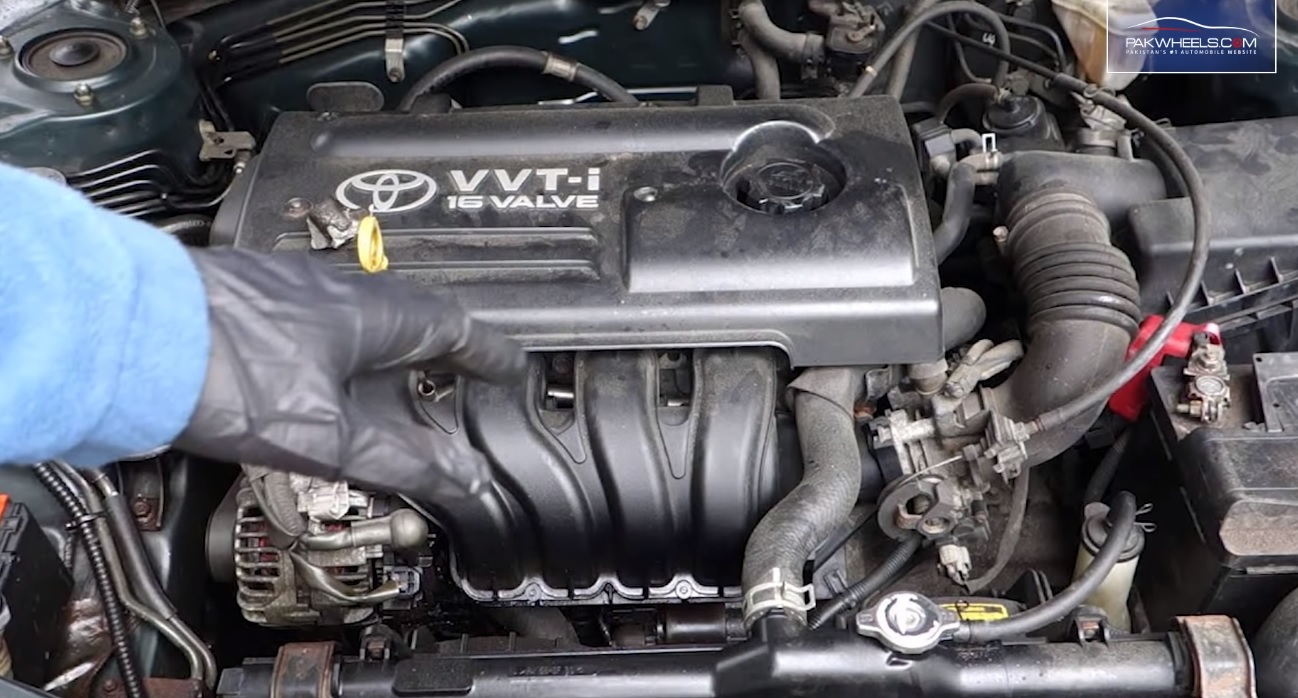How VVT-i Engine Works?
Your car’s engine converts chemical energy into mechanical energy. The power that your car’s engine produces depends, to a certain extent, on the valves of the engine. In order to run the valves, valve timing is used. The Variable Valve Timing (VVT) system was first introduced in 1969 by Fiat in its vehicles. The opening and closing of valves are by virtue of the crank angle, which alludes to the position of an engine’s crankshaft in relation to the piston. At high RPMs, the required amount of air does not enter into the cylinders. This leads to inefficient burning of fuel in the engine. Similarly, at low RPMs, the engine consumes more fuel, and there are chances of unburnt fuel in your car’s engine. This reduces the overall performance of your car’s engine. To solve this problem, the valve timing is changed according to the speed of your car so that your engine operates at its optimal performance. There are four processes involved in the VVT (Variable Valve Timing) system.
Late Intake Valve Closing (LIVC)
In this stage, the intake valve remains open for a slightly longer period of time than usual. During the compression stroke, the piston expels the air out of the cylinder and into the intake manifold. On the following intake stroke, the air is at a higher pressure. This reduces pumping losses by 40%.
Early Intake Valve Closing (EIVC)
This aids in reducing pumping losses at low speeds. This is achieved by shutting the intake valve earlier than usual. This also reduces pumping losses by about 40%, and it also increases fuel efficiency. At lower speeds, the fuel and air demands are relatively lower compared to high speeds. The engine is doing more work to fill the cylinder; hence, shutting the valve earlier reduces losses in the pumping process.
Early Intake Valve Opening
Opening the intake valve earlier helps in expelling the combusted back out of the cylinder and into the intake manifold. There the combusted gas cools for a short while. On the following intake of air into the cylinder, the cooled gas enters the cylinder and aids in regulating its temperature. This helps greatly in controlling emissions and improving volumetric efficiency.
See the video below:
Early/late exhaust valve closing
By controlling the timing of when the exhaust valve opens and closes, the air left in the cylinder can also be controlled. If the exhaust valve is closed earlier, exhaust gas remains in the cylinder a little longer, thereby increasing the fuel efficiency of the engine. If the exhaust valve is kept open a little longer, the exhaust gas is expelled quickly, and the cylinder is pumped with a bigger load of air. This entire process helps in increasing the operational efficiency of an engine.
The valves we have talked about are driven by camshafts. Chains, timing belts, and gears are used by the crankshaft to drive the camshaft. The camshaft contains all the cams that drive the valves. The pully attached to the camshaft has a special mechanism that is controlled hydraulically. The camshaft is attached to a central rotor, and the pully of the timing belt is attached to the outer rotor. A directional control valve is given on the central rotor to control the entire system. The Engine Control Unit (ECU) uses data to control the hydraulic valve. This data being used by the ECU pertains to speed and the engine load. This results in the changing of valve timing at each rpm to get maximum output at that rpm level.
There are different variants of the VVT-i system that have been developed over time. These include:
- VVTL-i (Variable Valve Timing and Lift intelligent system)
- Dual VVT-i
- VVT-iE (Variable Valve Timing-intelligent by Electric motor)
- VVT-iW (Variable Valve Timing-intelligent Wide)
- Valvematic
Stay tuned for more informative content like this one and drop your thoughts in the comments section below.
Recommended for you: What is EPB (Electronic Parking Brake)? All you need to know

